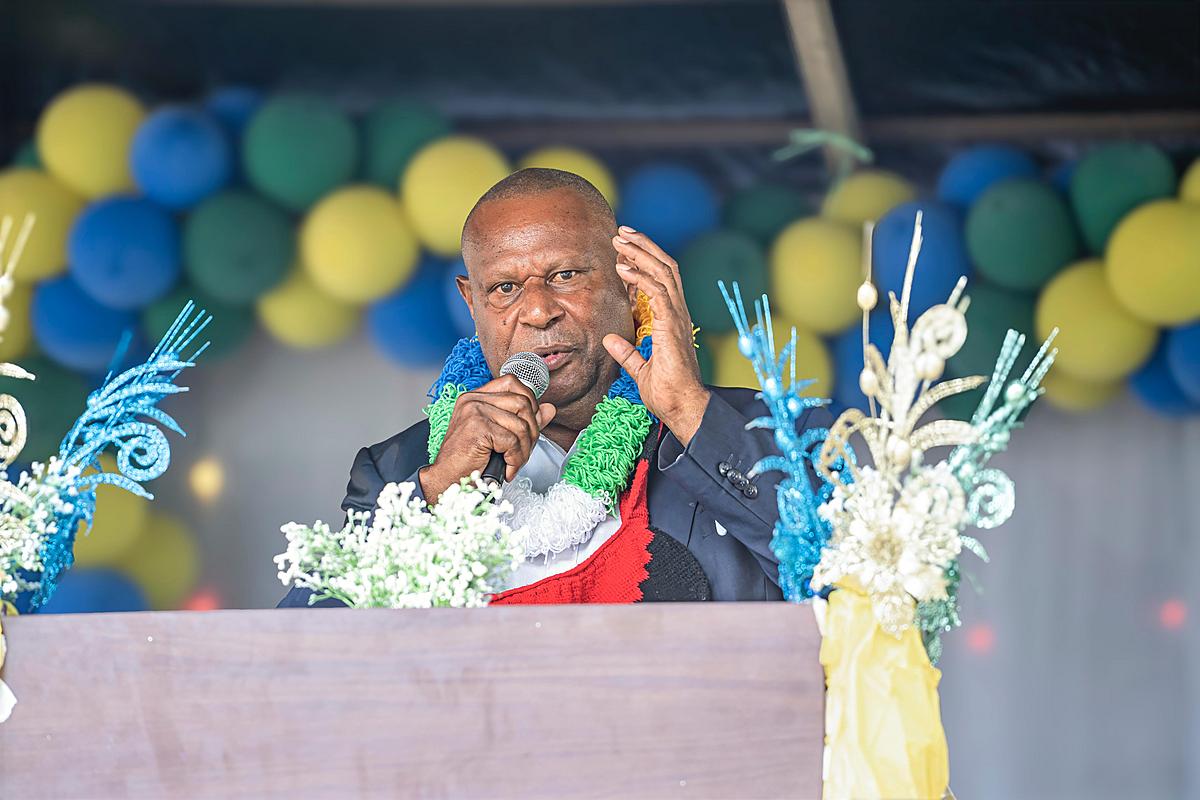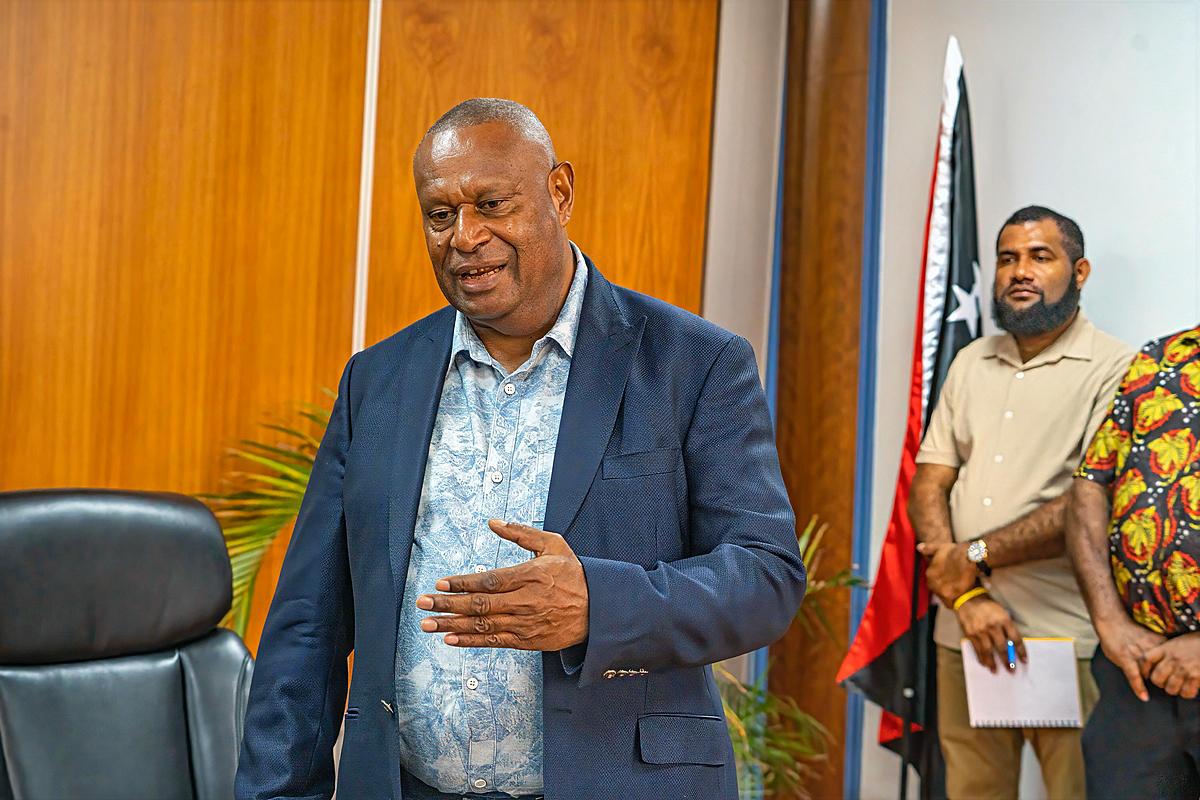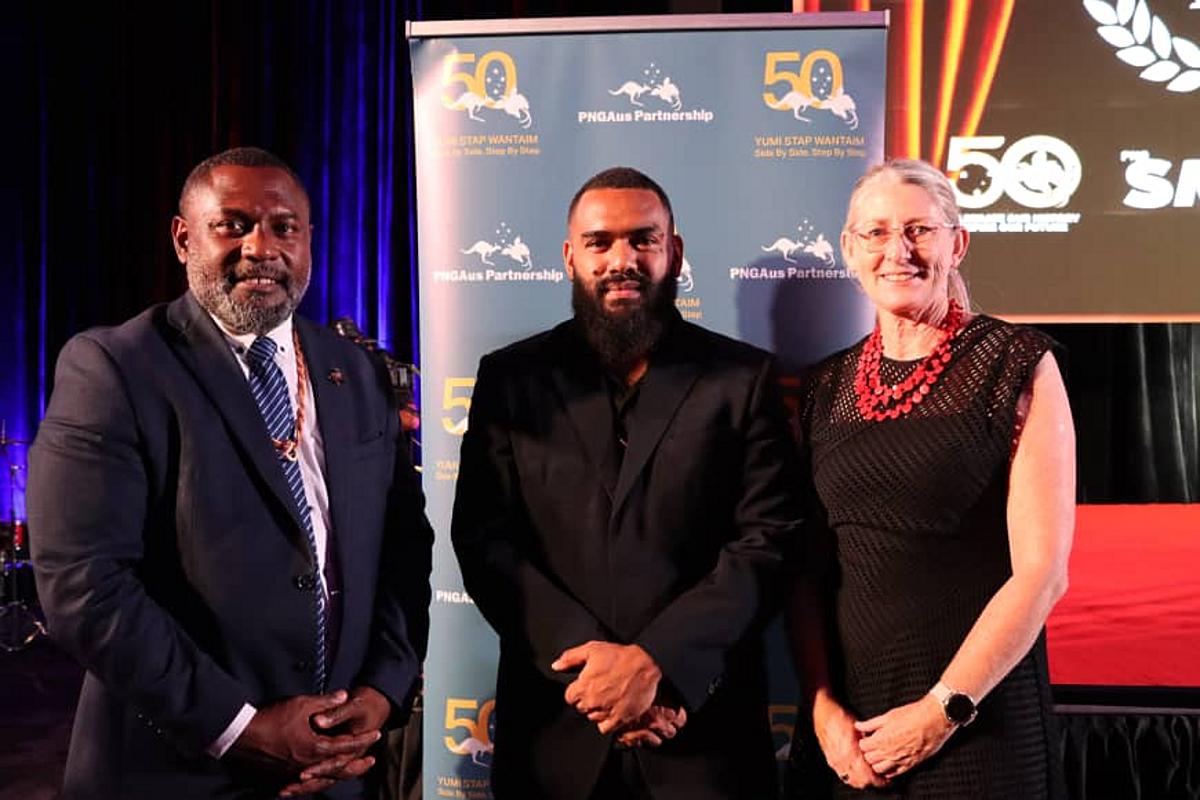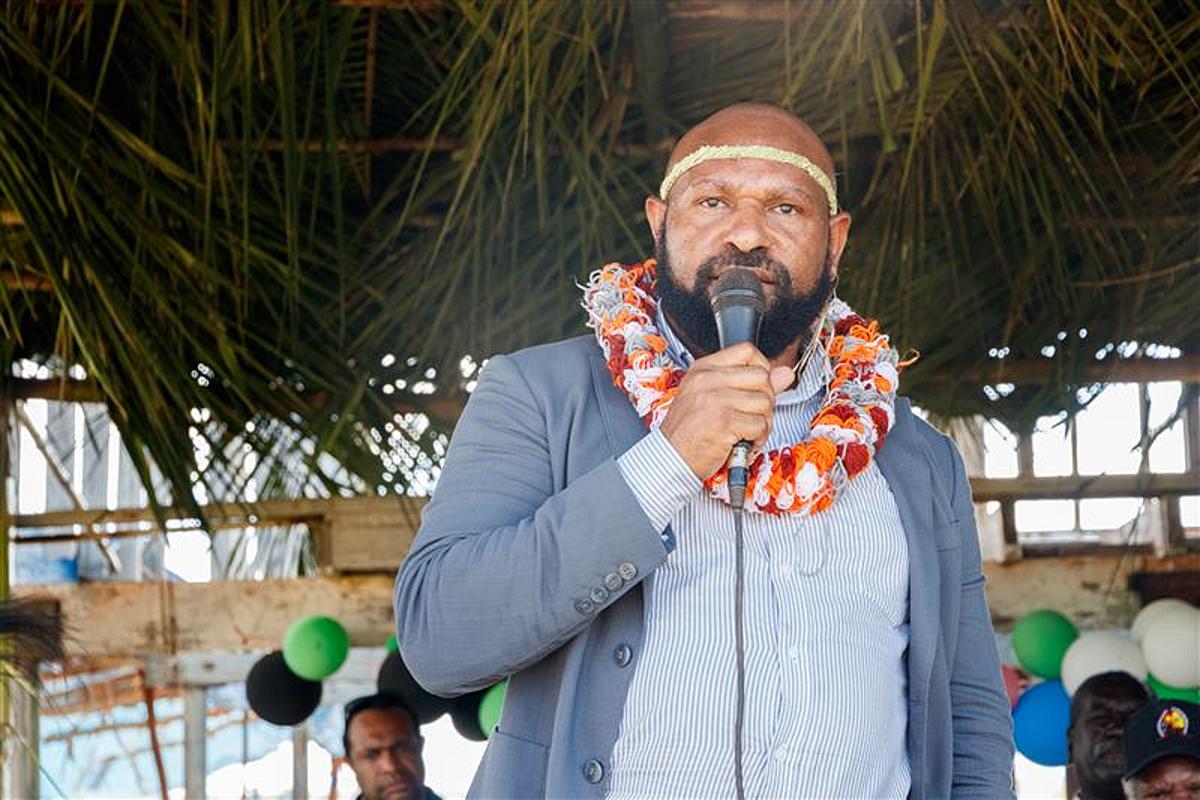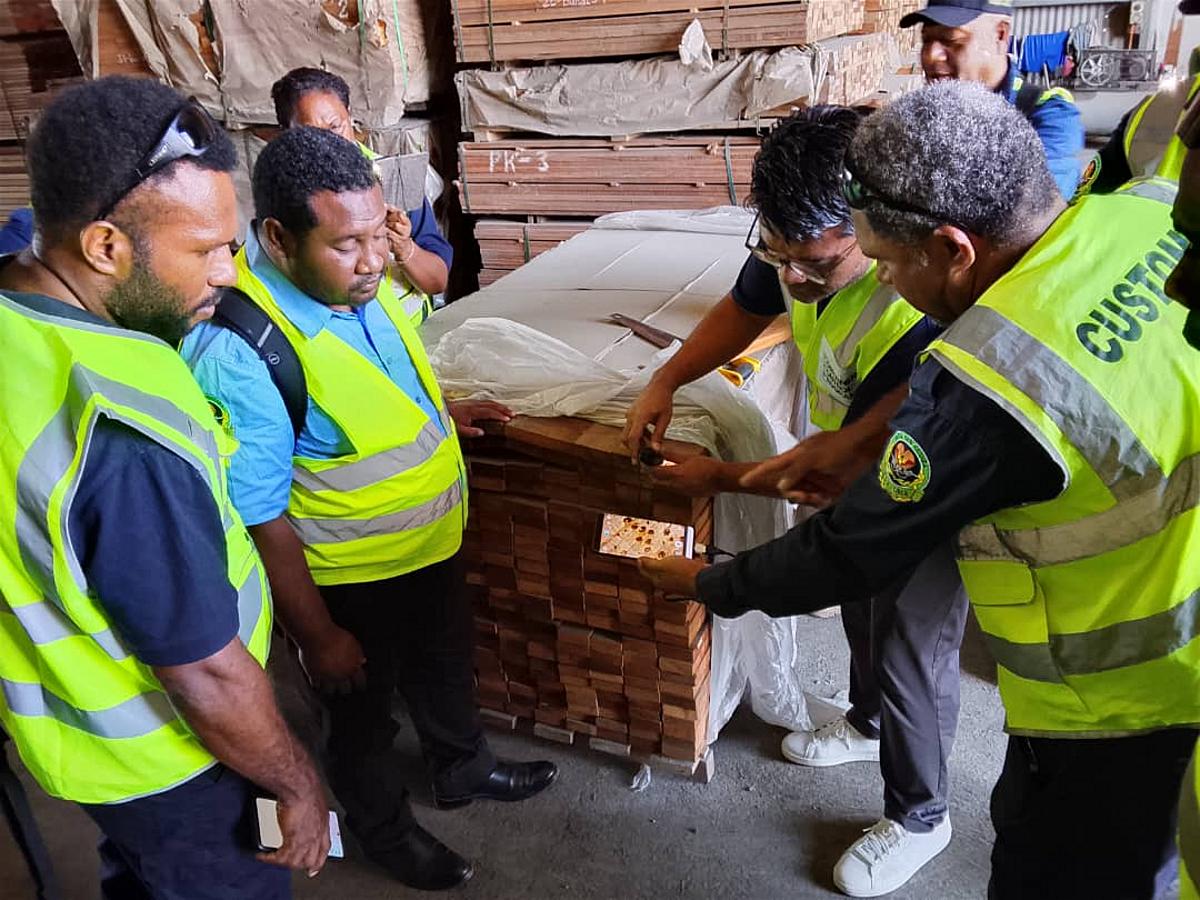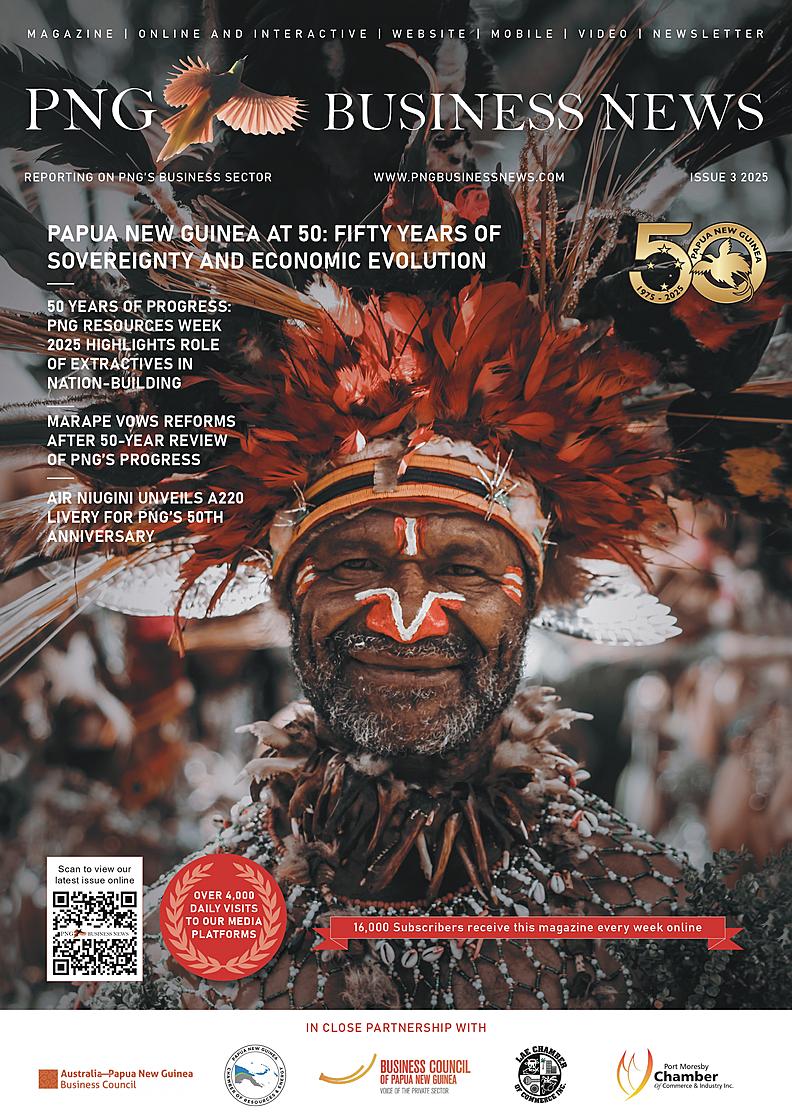Papua New Guinea’s small-scale mining sector continues to provide some of the strongest direct economic benefits to landowners, enabling families to build livelihoods, invest in businesses and uplift their communities, according to the Mineral Resources Authority (MRA).
This message took centre stage on13 November as the MRA celebrated the 15th anniversary of its Small-Scale Mining Training Centre (SSMTC) in Wau, a facility that has become a cornerstone of support for the country’s alluvial mining population.
MRA officials revealed that small-scale mining remains one of the country’s most active resource sectors, with between 100,000 and 200,000 alluvial miners operating across Papua New Guinea.
There are currently 374 active mining leases issued for alluvial purposes, underscoring the scale of participation by landowners working legally on their customary land.
The majority of these miners are based in Wau-Bulolo, the Sepik region, Milne Bay, and the Autonomous Region of Bougainville, though operations are scattered throughout the country.
The MRA says this large, locally driven industry is a major contributor to household incomes, local markets, SME growth and rural economic activity.
MRA Managing Director Jerry Garry highlighted that unlike many other resource industries, alluvial mining allows landowners to benefit immediately from their land.
“Small-scale mining directly supports landowners and rural families,” Garry said. “The gold they produce translates immediately into school fees, medical expenses, household needs and new business ventures.”
He added that the impact of this sector is often underestimated, noting how gold revenues boost rural trade stores, transport businesses, market vendors and local contractors.
Over the past 15 years, the SSMTC has trained more than 7,000 miners in safe mining methods, financial literacy and environmental awareness — skills that help increase incomes and improve decision-making among landowners.
During his keynote address, Garry said small-scale miners in Papua New Guinea have the potential to become billionaires if they make sound investment decisions, diversify into other businesses, and manage their earnings responsibly.
He urged miners to invest their earnings strategically and not rely solely on gold.
Garry shared the story of Placer Development, which began as an alluvial mining operation in Wau-Bulolo before diversifying into forestry, cattle and fisheries. The pine plantations they introduced still support PNG Forest Products today. The company later evolved into Placer Dome, which by 2005 operated 16 mines worldwide and was valued at USD 6.7 billion.
“That journey started here, with alluvial mining,” he said. “The same potential lies with our people. With proper investment and discipline, Papua New Guinean small-scale miners can build enormous wealth.”

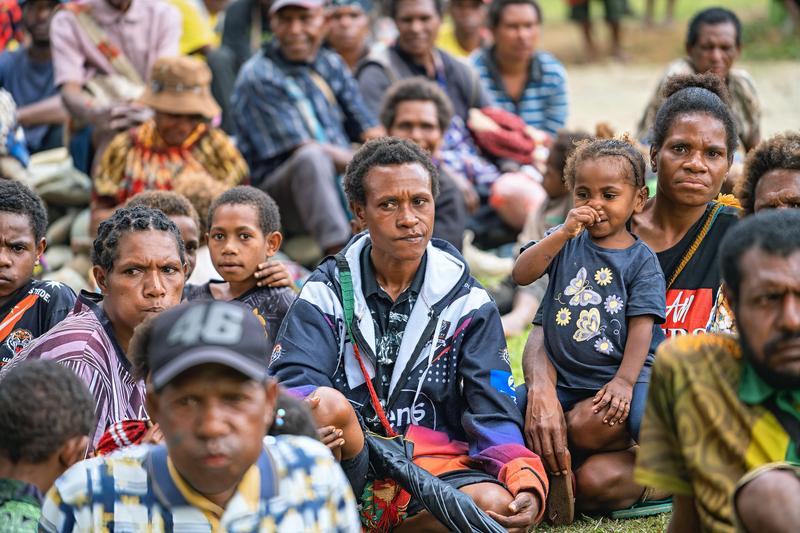
Community Celebrates 15 Years of Training and Growth
The anniversary drew over 3,000 people, including miners, families, schoolchildren, local residents and leaders — a reflection of how central small-scale mining is to life in Wau-Bulolo.
A colourful singsing procession welcomed the MRA delegation upon arrival. Formal speeches followed from MRA division heads and representatives of the Morobe Goldfield Small-Scale Miners Association. The event later featured cultural dances, band performances and community presentations.
Wau-Waria MP Marsh Narawec and businessman Justin Parker joined the celebration at midday.
A key highlight was the opening of a new office complex for SSMTC and a new classroom for Grace Memorial School, jointly launched by Garry and Narawec — infrastructure viewed as critical for improving both mining training and community education.
The MRA’s Regulatory Operations Division (MRAD) commended the positive impact of small-scale mining on landowners.
Executive Manager Stanley Nekitel said the sector remains one of PNG’s most resilient income streams. “Small-scale mining gives landowners direct control over their resources and earnings,” he said. “With proper training, miners can operate safely, grow their income and contribute meaningfully to local development.”
MRAD emphasised that communities involved in regulated alluvial mining typically show higher household incomes, better school attendance and increased involvement in local small businesses.
As the SSMTC enters another year, the MRA says it will continue strengthening training programmes, promoting responsible mining and encouraging miners to diversify their investments.
For Wau and other mining communities, the success of the past 15 years demonstrates that PNG’s small-scale mining sector, when properly supported, is not only a source of gold but also a powerful engine for landowner empowerment, rural growth and long-term economic independence.

